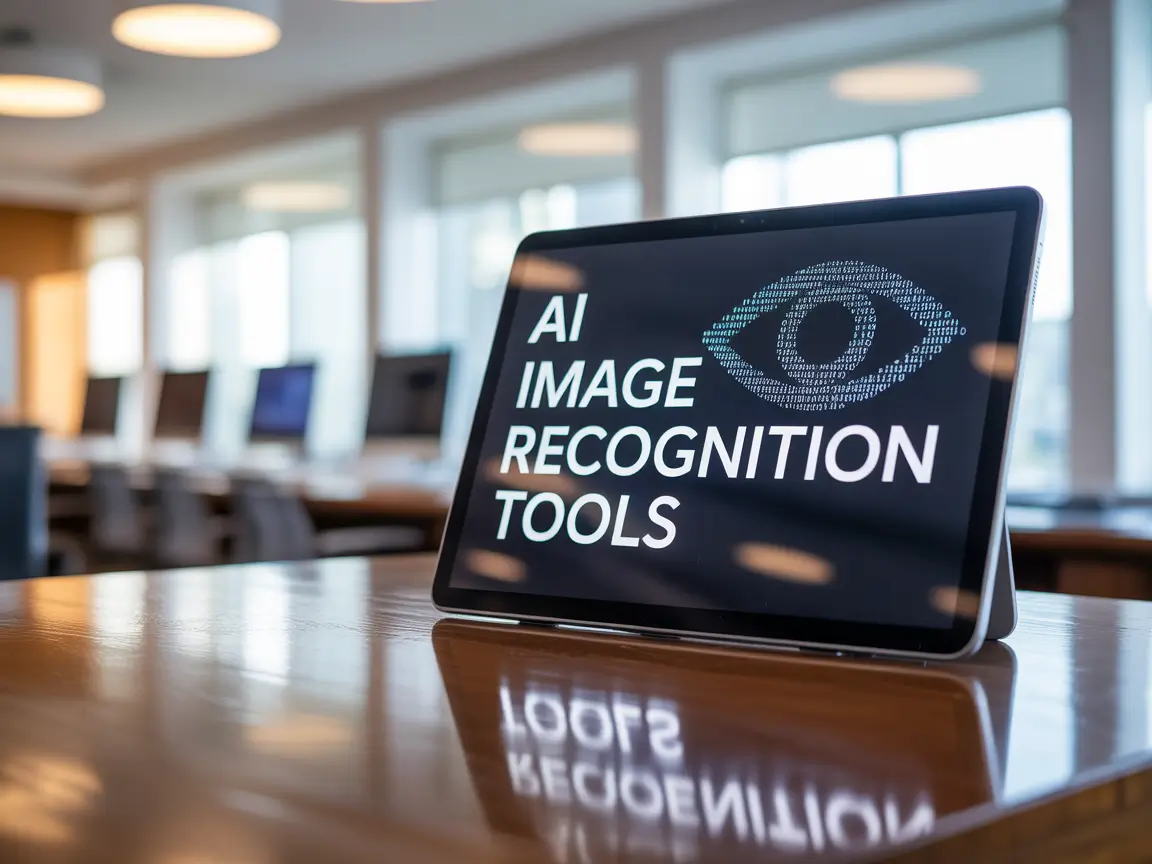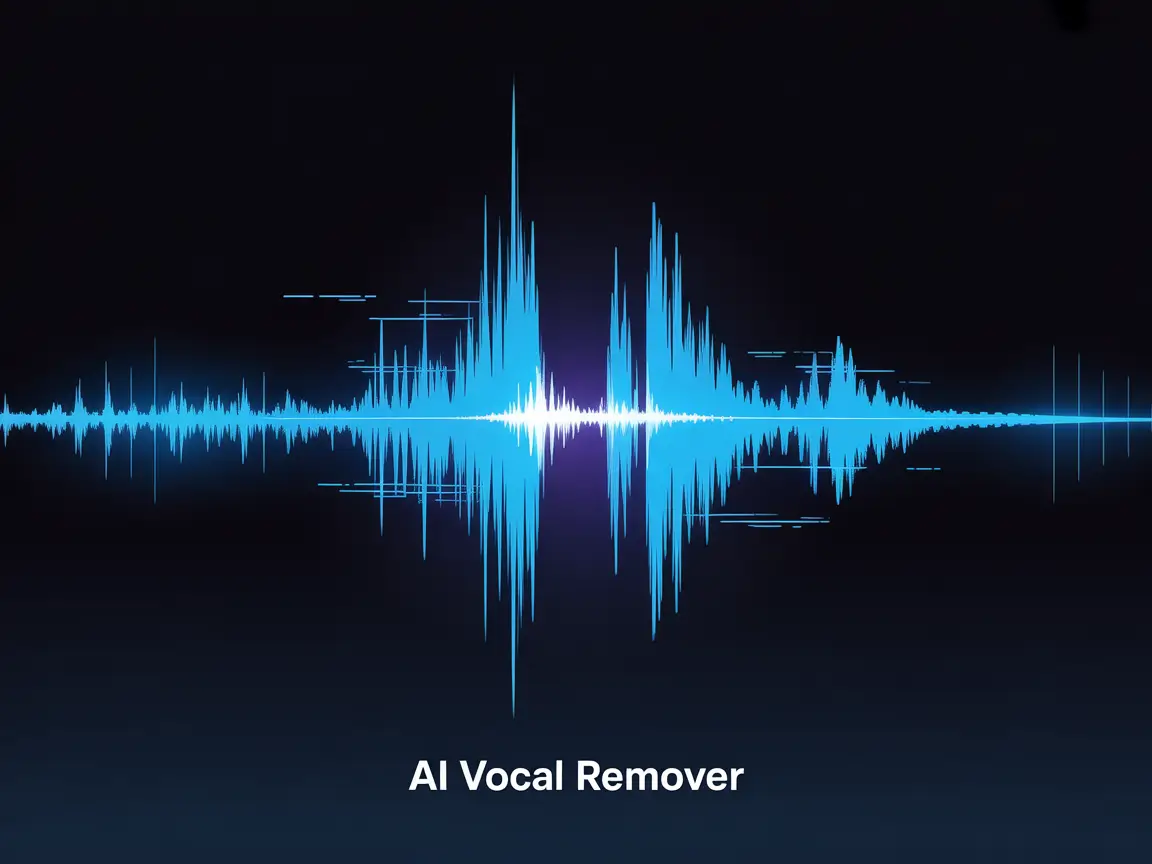AI image recognition is changing the way we search, identify, and interact with pictures. From detecting objects in real time to reverse image searches, these tools are being used in security, e-commerce, healthcare, and even daily social media browsing.
In this post, I have compared 5 Ai recognition tools based on different features, lets explore them. But first, here is a short introduction.
What Is AI Image Recognition?
AI image recognition uses computer vision and machine learning to identify objects, people, places, or even emotions in photos and videos. For example, you can upload a picture and the AI can tell you what’s in it, find duplicates online, or even recognize faces.
5 Best AI Image Recognition Tools
- Ultralytics
- Lenso.ai
- Imagga
- Landing AI
- FlyPix.ai
1. Ultralytics
Ultralytics is the team behind YOLO (You Only Look Once), one of the most popular deep learning models for object detection. Their platform provides tools for developers, researchers, and businesses to integrate advanced vision AI.
Key Features:
- Real-time object detection
- Custom model training and deployment
- Open-source and enterprise-ready options
- Strong developer community
Best For: Businesses and developers who want cutting-edge AI image recognition for applications like security cameras, autonomous vehicles, or retail analytics.
2. Lenso.ai
Lenso.ai is focused on reverse image search. You upload an image, and the AI finds exact matches, duplicates, similar photos, or even the original source online. It also includes facial recognition to track where a person’s photo appears on the internet.
Key Features:
- Reverse image search (places, people, duplicates, related images)
- Face search with high accuracy
- Copyright and content protection
- API access for developers
Best For: Content creators, brands, or individuals who want to protect images, trace photo sources, or find similar visuals online.
3. Imagga
Imagga is a mature image recognition platform with many features useful for businesses and developers.
Key Features:
- Automatic tagging and categorization of images
- Visual search (find similar or matching images)
- Facial recognition and color extraction
- Custom model training for specific tasks
- Content moderation (adult detection, filtering)
Best For: if you need to moderate user-content, search by image, manage large image libraries, or build your own recognition categories.
4. LandingAI
Landing AI is a full visual AI platform. They offer tools like Landing Lens, low-code model training, and “Agentic Document Extraction” which lets you extract structured data from images and complex documents.
Key Features:
- Build and deploy custom computer vision models
- Object detection, document layout recognition
- Low-code / less coding required for many tasks
- Free trials / entry-level options available
Best For: Companies or individuals needing precise vision AI for complex image or document workflows (like recognizing layout of forms, extracting tables, detecting parts in manufacturing etc.).
5. FlyPix.ai
Fly Pix targets geospatial image recognition. If you need to analyze scenes from above (land plots, forestry, infrastructure, agriculture), Fly Pix helps identify, outline, and monitor objects automatically.
Key Features:
- Quick annotation of high-resolution aerial or satellite images
- Train custom AI models without deep AI expertise
- Free trial plus structured pricing with credits, higher tiers for more storage/processing etc.
Best For: Industries needing geospatial analysis: urban planning, environmental monitoring, agriculture, land development etc.
A Quick Comparison of AI Image Analysis Tools
| Tool | Focus Area / Strong Use Case | Free or Trial Version | Best For Users Who Need… |
|---|---|---|---|
| Ultralytics | Real-time object detection, custom vision models | Open-source / free options | Developers, security, retail analytics |
| Lenso.ai | Reverse image search, source tracing, face recognition | Basic free version | Creators, photo protection, social media use |
| LandingAI | Custom vision models, document/image-layout tasks | Free trials / entry levels | Businesses with complex image/document workflows |
| FlyPix.ai | Geospatial recognition (satellite/drone), large image sets | Free trial / basic plan | Agriculture, urban planning, environmental monitoring |
| Imagga | Tagging, visual search, moderation, custom training | Free demo / API key | Enterprises, content platforms, apps needing broad image features |
You can also check more AI image tools.
FAQs
Which AI technique is used for image recognition?
Most image recognition systems use deep learning, especially convolutional neural networks (CNNs). These networks are trained on large datasets of images so the AI can learn to recognize shapes, patterns, and objects.
Can ChatGPT do image recognition?
ChatGPT itself is mainly built for text, but newer versions can analyze and describe images when given that ability. For advanced image recognition tasks like face detection or object tracking, specialized tools such as Ultralytics, Imagga, or Lenso.ai are better suited.
Can AI identify people in photos?
Yes. Many AI tools include facial recognition features that can identify or verify people in photos. Tools like Lenso.ai and Imagga provide this functionality. However, the accuracy depends on the quality of the photo and raises important privacy and ethical considerations.



